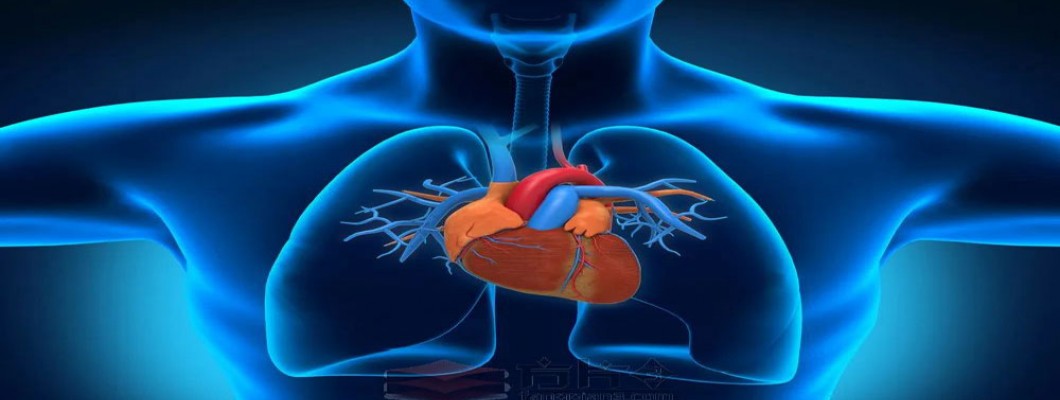
I. What are exosomes?
Exosomes are small membrane vesicles containing RNA and proteins, which are secreted by a variety of cells in both normal and pathological conditions.
It mainly comes from the intracellular lysosomal particles invaginated in the formation of multivesicular bodies, through the multivesicular body outer membrane and cell membrane fusion and release into the extracellular matrix.
Research found that the market popular hit stem cells anti-aging and cure, human mesenchymal stem cells injected, most of the stagnation in the pulmonary vasculature, only 1% can reach the target site, and the efficacy of stem cell injections mainly rely on the paracrine stem cells, stem cells paracrine secretion produced by the exosome due to the small size, can reach different parts of the body to play a role.
II. Anti-aging effects of exosomes
1. Exosomes can cure Alzheimer's disease (dementia)
Some studies have found that exosomes from human mesenchymal stem cells can reduce β-amyloid deposition in the brain of Alzheimer's mice, reduce oxidative stress damage in the brain of Alzheimer's mice, and thus play a therapeutic role.
2. Exosomes can be less wrinkly
One study found that using air jets to deliver medication deep into the skin can reduce wrinkles from exposure to UV rays.
3. Exosomes can slow fertility decline.
One study showed that exosomes derived from human umbilical cord mesenchymal stem cells slowed the decline in fertility in older mice.
III. NMN fuels stem cell exosomes: new hope for heart repair
In the Global Health Assessment 2019 published by the World Health Organisation (WHO), it is mentioned that in the 20 years from 2000 to 2019, the number one cause of human death is ischaemic heart disease. Not only has this cause of death been the "number one killer" of human health for many years, but it is also clearly on the rise.
Among them, acute myocardial infarction (MI) accounts for 80% of deaths in patients with ischaemic heart disease worldwide, and its main pathological cause is myocardial ischaemia and hypoxia following coronary artery occlusion. Therefore the treatment idea is naturally clear: a traffic jam caused by a roadblock blocking the road, either remove the roadblock or take a different road. Therefore, generating new blood vessels becomes the most promising way to treat ischaemic heart disease.
Recently, researchers reported in the core journal Stem Cell Reviews and Reports that vesicles secreted by NMN-treated stem cells (referred to as N-Vs) improved cardiac function after myocardial infarction (heart attack) in rats, while promoting blood vessel formation and decreasing tissue damage, which provides a new way of thinking about the treatment of heart disease patients.
1.NMN promotes stem cell vesicles to repair cardiac injury
In fact, stem cell (MSC) secretions are known as membrane-bound vesicles called extracellular vesicles, which are filled with potentially therapeutic molecules. Like stem cells, these vesicles have therapeutic properties. They also have advantages over stem cells, including lack of immune system rejection and tumour induction. When subjected to various stimuli, stem cell vesicle content changes, thereby affecting their biological effects.
Firstly the researchers simulated a heart attack by surgically inducing a blockage in the coronary arteries of rats, causing damage to the heart tissue. Afterwards they injected untreated stem cell vesicles and NMN-treated stem cell vesicles (N-EVs) at the edge of the rats' tissue damage.
After four weeks, they found that the untreated vesicles increased left ventricular ejection fraction - the fraction of blood pumped by the heart. In addition, the N-EVs further increased the ejection fraction (EF), indicating enhanced heart function repair.
In addition the heart pumps most effectively when blood flow, regulated by blood vessels, is optimal. The researchers found that untreated stem cell vesicles increased the density of small arteries and capillaries in rat heart tissue after a heart attack. In addition, N-Vs caused a further increase in artery and capillary density. These findings suggest that NMN can promote vesicle-mediated blood vessel formation, thereby increasing blood flow.
The formation of new blood vessels helps to reduce tissue scarring fibrosis and cell death in myocardial tissue damaged by heart attacks. The researchers found that tissue fibrosis was reduced in stem cell vesicles that were not treated with NMN, while N-Vs were able to reduce it even more.
In addition, normal vesicle injections reduced programmed apoptosis, while vesicles in N-Vs exposure reduced more programmed apoptosis. These findings suggest that NMN enhances stem cell vesicle-mediated cardiac tissue repair.
In this regard, the researchers said that the extracellular vesicles of stem cells can improve cardiac function by promoting blood vessel formation, facilitating proliferation, inhibiting apoptosis, reducing fibrosis, and improving cardiac function, all of which are further enhanced after NMN treatment.
2. NMN will potentially be used in the future to enhance cell-free therapy
Stem cells are currently being used in the treatment of many diseases, including neurological disorders, respiratory disorders, fracture healing and cardiovascular disease. As more and more evidence emerges that stem cell vesicles have similar roles and benefits, we will likely see a shift in research towards cell-free therapies.
Researchers have taken cell-free therapy to a new level by showing that NMN can enhance the therapeutic effects of stem cell-derived exosomes. Taking cell-free therapy to a new stage. Previous studies have shown that NMN can rejuvenate stem cells, which could explain its enhancing effect. If cell-free therapy proves to be feasible, then NAD+ enhancers or other stem cell restoration drugs may enhance the function of stem cells and their exosomes, thereby augmenting the aforementioned therapeutic approach.

Leave a Comment